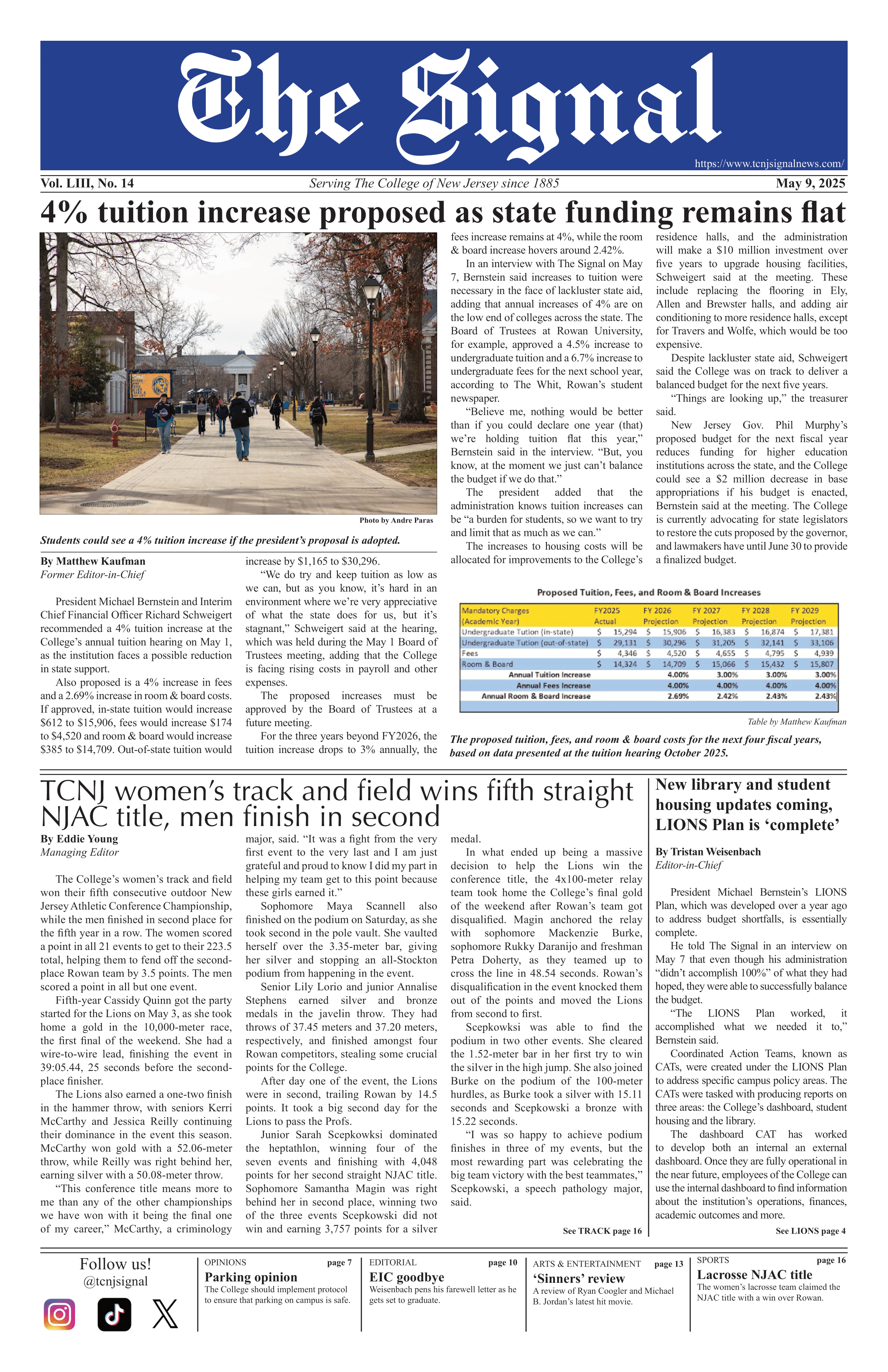By Zachary Sclar
Correspondent
The second week of the school of art’s Brown Bag series featured artist and activist Sue Wrbican. Wrbican, the associate director of the school of art at George Mason University demonstrated the impact of social art by recounting her work with the Floating Lab Collective (FLC).
Founded by Wrbican and colleagues in 2007, the FLC collaborates with members of the urban community to craft responses to topical issues such as poverty, migration and urban mobility.
Throughout the lecture, Wrbican stressed this creative collaboration as the purest form of social art. For her, social art “has to go beyond the artist coming into the community and living (secluded) in a cheap house. Social art practice is about engaging in the community.”
Such engagement is likely what has made the FLC such a successful endeavor. At its onset, the FLC sought to address pressing issues within the Washington D.C. community. Today, the Collective has launched over 50 projects in cities such as Medellín, Colombia, Mexico City, Mexico and Port of Spain, Trinidad. Although time zones and languages may change, the FLC’s commitment to social advocacy through art is constant.
In the United States, the FLC has engaged the community in numerous projects. Perhaps the most significant of these is its ReMuseum. Founded in 2012, the ReMuseum seeks to “re-frame dominant notions of the Museum and create a platform for the amplification of new, distinctive ideas of value,” or, in layman’s terms, to shed light on the subjectivity of an object’s value.
To begin, members of the community are asked to select a household object which they value. Next, they are filmed explaining why that particular object is valuable. A mold of the object is then made and eventually displayed, along with its explanation, in the ReMuseum. Further immersing the project in the community, the ReMuseum is situated within a large, converted taco truck. This kinetic design allows for the exhibit to reach a broader audience than it would in the traditional, stationary museum.
Another high profile FLC project is the Collective White House. First launched in Medellín, the Collective White House, according to Wrbican, is “an arts and social change project through which people can re-imagine their relationship to the power structure represented by the White House.”
To achieve this re-imagining, artists, designers and members of the community construct a White House from different donated bed sheets. After construction is completed, members of the community are invited inside to discuss “the role and influence of U.S. politics” in their day-to-day lives.
The FLC is invaluable to the community for the cathartic outlet it provides. For those who feel abused or forgotten, dialogue with fellow neighbors can provide solace. The FLC is also invaluable for perpetuating the idea that art does not just hang upon museum walls.
Indeed, art can be found in every corner and aspect of the community, from household objects to political debate. By heightening the community’s awareness through the use of art, Wrbican and the FLC enrich both life and culture, as well as strengthen neighborhood ties.







